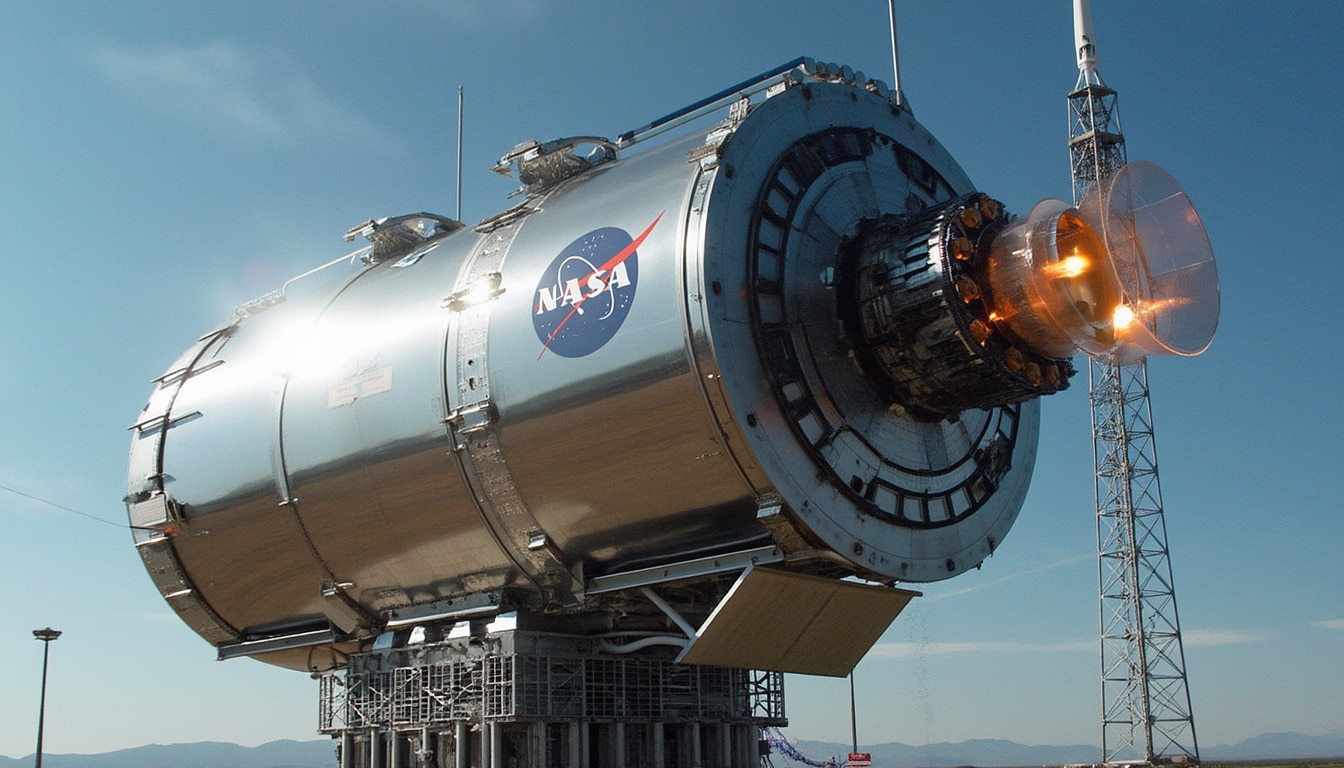Recent developments in the space industry have sparked intense discussions regarding competition and regulation. SpaceX has been making headlines with its appeal to federal authorities to put a halt to the satellite launches of rival companies, specifically targeting a project partially funded by Apple aimed at expanding satellite services. As the race for satellite dominance heats up, the implications of these actions ripple through the tech and space communities. In this article, we will delve into the intricacies of the competition, the role of federal regulations, and the broader impacts on satellite technology.
The core of the situation revolves around SpaceX’s concerns regarding the launch of the Apple satellites planned by Globalstar. With the Federal Communications Commission (FCC) reviewing spectrum allocation for satellite communications, SpaceX leverages these regulatory frameworks to assert its competitive edge. As numerous players vie for a piece of the growing commercial satellite market, understanding the interplay between innovation and regulation becomes crucial.
The Competitive Landscape of Satellite Technology
Competition in the satellite sector has intensified significantly. SpaceX’s Starlink is at the forefront, providing broadband internet services globally. Its services are critical, especially in underserved areas where traditional internet infrastructure is lacking. Meanwhile, Apple’s partnership with Globalstar marks a substantial move towards integrating satellite technology into consumer products, enhancing functionality for iPhone and other devices.

The Dynamics of Apple’s Involvement
Apple has made a strategic decision to invest in Globalstar, effectively endorsing its satellite initiative. This involves deploying a new constellation of satellites designed to enhance communication capabilities, ensuring that users can access vital information regardless of their location. This partnership signifies a broader trend where technology companies integrate satellite capabilities into their product offerings. As these tech giants push into this domain, the potential for disrupting traditional telecommunications becomes evident.
Yet, with such partnerships come numerous regulatory hurdles. SpaceX’s request to the FCC seeks to block Globalstar’s new launches under the premise that they could interfere with its current operational satellite network. The complexities of radio spectrum management must be navigated carefully, balancing the needs of multiple operators while ensuring that interference is minimized. SpaceX claims that the potential for new frequencies to alter the operational environment of established satellites poses significant risks.
Federal Actions and Regulatory Oversight
The regulatory landscape surrounding satellite launches is designed to maintain order among competing entities. Federal authorities oversee allocation and usage of radio frequencies to prevent chaotic interference that could jeopardize satellite operations. SpaceX’s proactive measures reflect a broader strategy to leverage these regulations to its advantage.
Developments in 2023 evidenced the complexities faced by various companies as they navigate the approval processes for satellite launches. For instance, SpaceX secured contracts worth billions from federal agencies, demonstrating the intertwining of governmental support with commercial endeavors in the space sector. The influence of federal authorities in potential deregulation could allow SpaceX to operate with fewer constraints, further positioning it ahead of rival satellite companies.
The Implications of Competition
The rivalry between SpaceX and Globalstar highlights a critical juncture in the ongoing evolution of the space industry. While competition can bolster innovation and drive enhancements in satellite technology, it can also result in an aggressive regulatory environment. This interplay often leads to increased scrutiny from federal bodies concerned with operational integrity.

Innovations and Their Challenges
As more companies enter the satellite launch arena, the innovations that arise are compelling. From improved designs that incorporate advanced technologies to collaborations that push the boundaries of what satellites can achieve, the developments are impressive. Yet, this rush towards innovation comes with challenges associated with managing resources and operational capabilities.
Developers must contend with the environmental concerns tied to launching multiple satellites into orbit. Questions around space debris and the sustainability of orbital operations are increasingly raised, emphasizing the need for responsible management of the space environment. The FCC has received petitions from groups concerned about the impacts of satellite megaconstellations on astronomical observations, further complicating the dialogue on regulatory oversight.
Future of Satellite Launches
The trajectory for satellite launches indicates a robust future filled with opportunity but fraught with challenges. Commercial satellite launches are projected to grow, driven by demand for internet connectivity and innovation in satellite services. However, ensuring that regulatory frameworks adapt to this growth remains paramount.
Companies like SpaceX advocate for modernizing the regulatory environments to keep pace with technological advancements. This includes suggesting that the FCC expand its regulatory capabilities to accommodate more operators, thereby encouraging competition. Such changes could lead to a diverse marketplace where innovation flourishes without sacrificing operational stability.
Conclusion on the Satellite Battleground
As the battle for supremacy in the satellite technology sector heats up, the influence of entities such as Apple and SpaceX will undoubtedly shape its future trajectory. The response from federal authorities will play a crucial role in determining how this landscape evolves, with decisions regarding spectrum allocation being key. The competitive spirit in the space industry presents significant opportunities, but it also necessitates careful consideration of the implications for all stakeholders involved.

The Role of Advocacy Groups
With the growing number of satellite launches and the push toward integrating satellite technology into everyday products, advocacy groups are emerging as prominent voices in this conversation. These organizations often lobby for more sustainable practices and regulatory protections to safeguard the environment. Their efforts to raise awareness around the potential consequences of satellite megaconstellations could influence future policies, ensuring balanced progress in the space industry news.
As SpaceX continues its advocacy for regulatory adjustments to stifle competition, the reactions from rival companies and advocacy groups are worth monitoring. The potential for a robust and competitive marketplace hinges on the decisions made by federal authorities and the responsiveness of the industry stakeholders to evolving challenges.




Leave a Reply